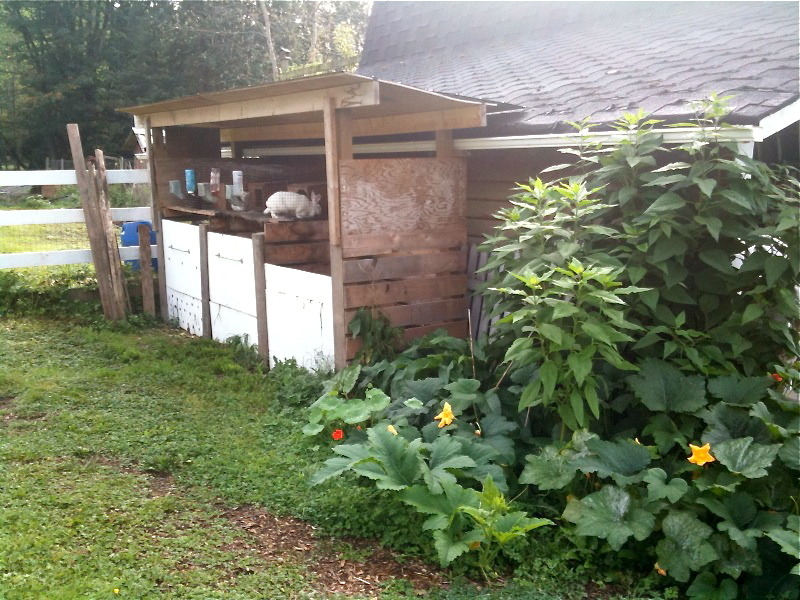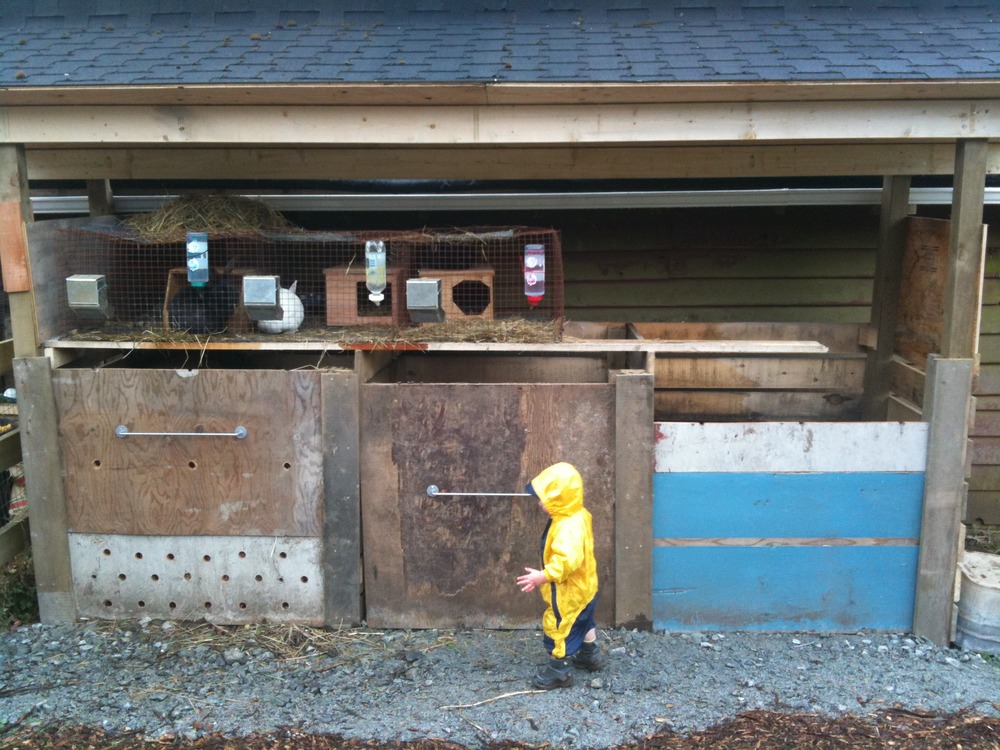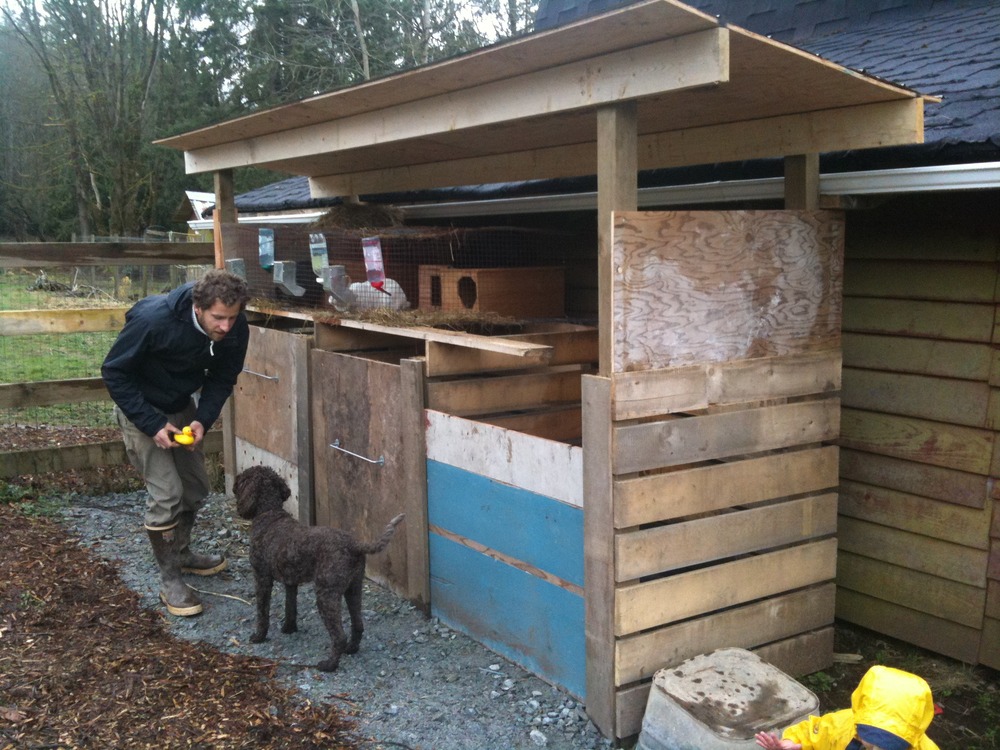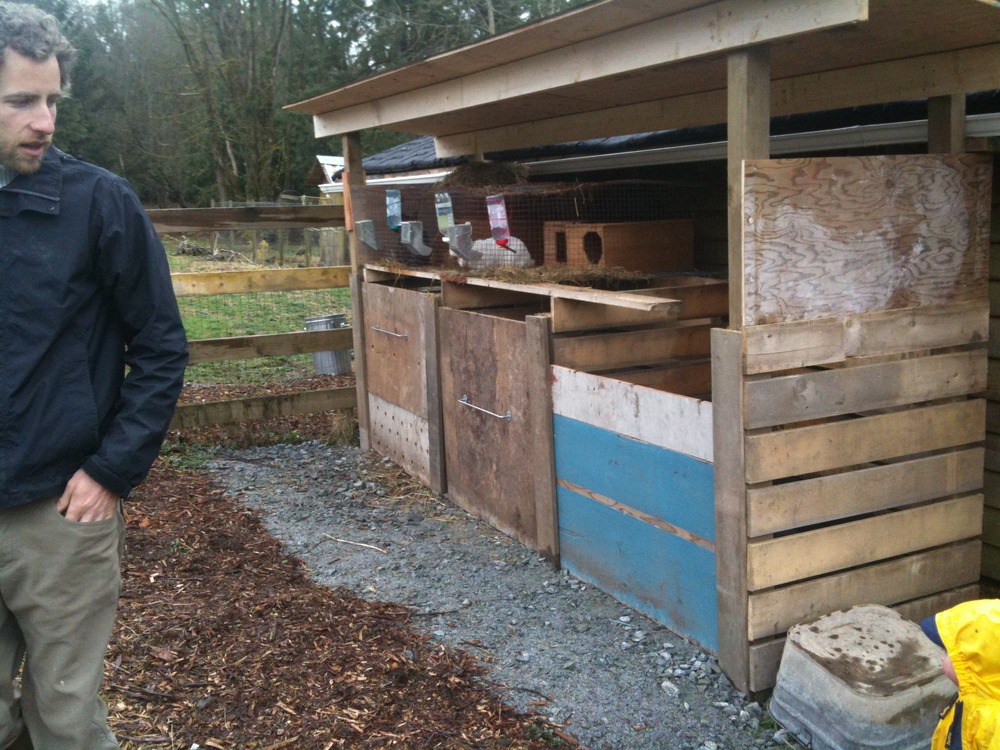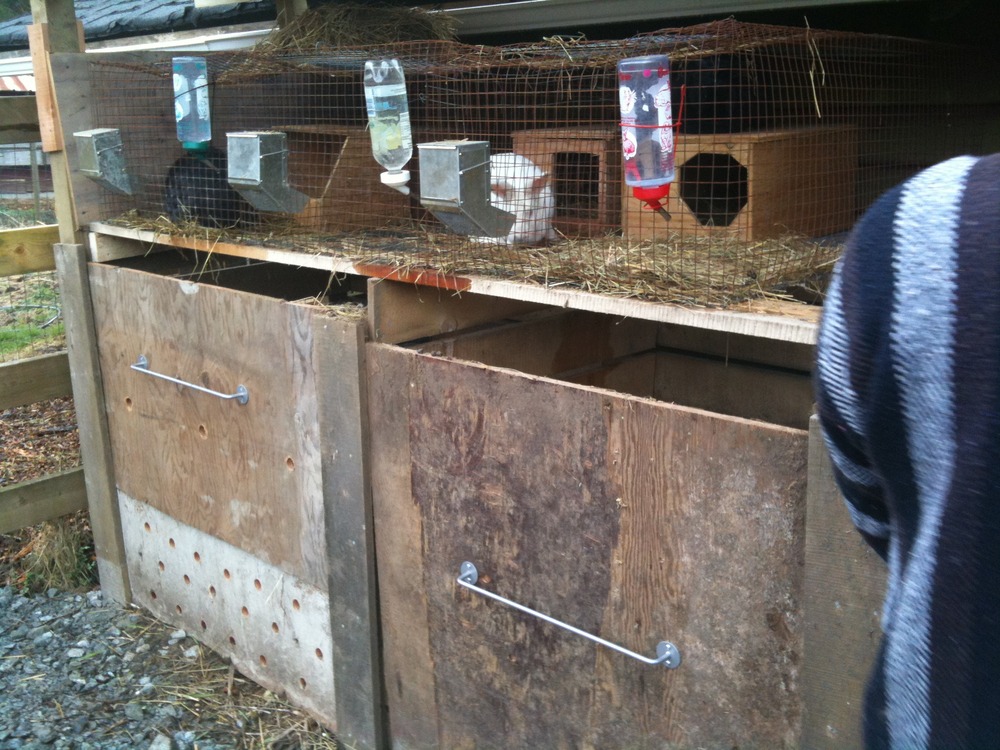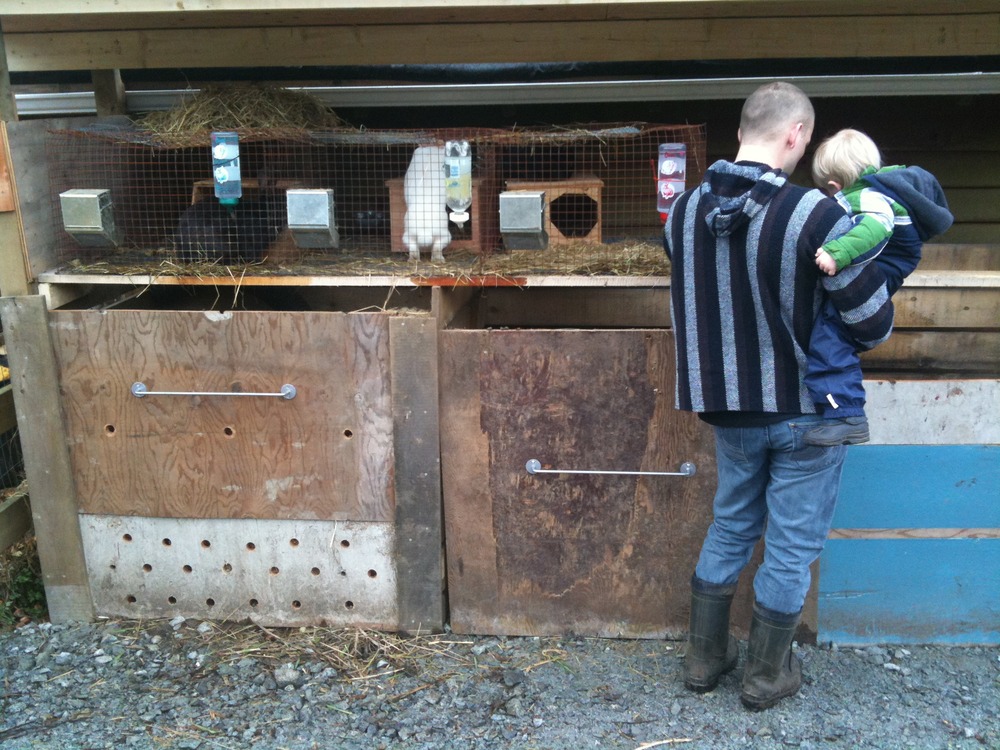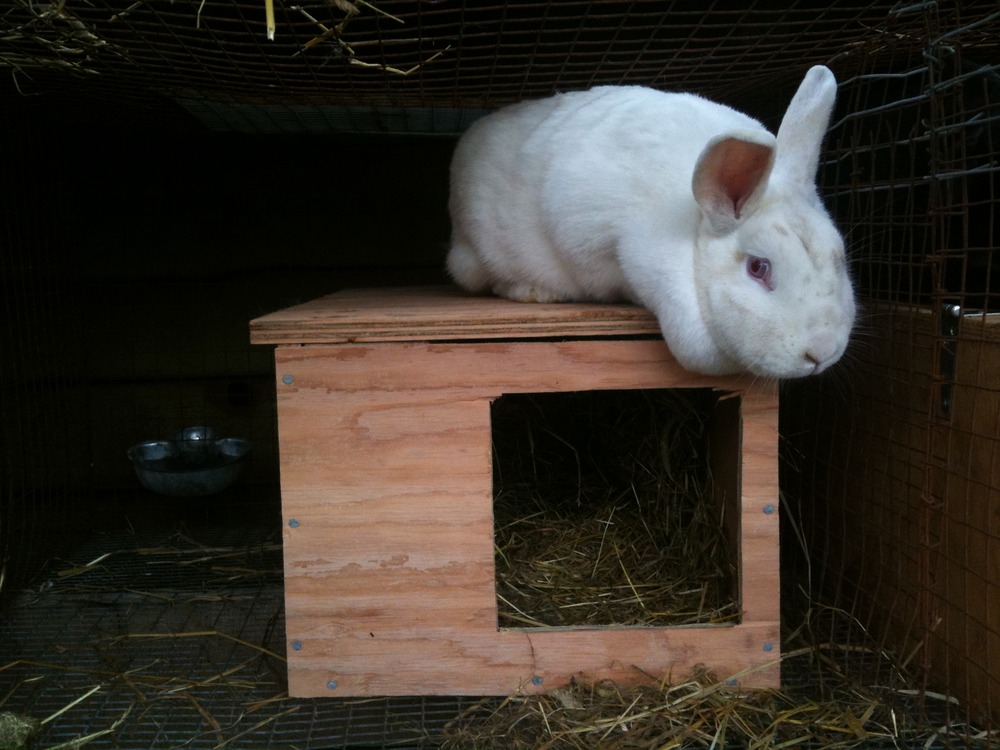We live on 2.5 acres of land. There is still a lot of it that we haven’t touched so it feels like we have a lot of space, especially since we’re doing a decent job of making the most of the space we use. This photo is a really good example of that. I think I took it in September and forgot about it until I came across it on my computer today.
I love this photo for a few reasons: 1) it’s a good reminder of what we’ve accomplished so far, 2) it’s a hopeful reminder of the growth that will return after this winter season passes, and 3) it captures an aspect of the kind of farming we’re pursuing.
As mentioned numerous time on this blog already, we’re trying to grow our own food in a way that works with nature and not against it. We’re trying to reuse the stuff we already have and incorporate our ‘waste’ by recycling it into our food system. We’re also trying to produce and grow things in a way that enhances our soil quality and the natural biodiversity on the farm.
This is an image of the north side of our barn. It includes our three-tiered composting system for our food scraps and natural compostable materials found on the farm. Above the composting system we house rabbits who provide meat to the meat eaters on the farm and whose manure falls through the bottom of their cages, enhancing our compost. Gutters between the barn and the rabbit hutch capture rain water and deliver it to a rain barrel (not pictured) and a small garden area grows food for us.
The garden shown in the photo began as a soggy, wet, shaded patch of earth when we first built the composting system. Using mulching techniques, we created a growing space, enhanced the soil with nitrogen fixing plants (comfrey) and grew jerusalem artichokes, beans, pumpkins and nasturtiums.
What was once an unused side of the barn has become a space teaming with life. A happy transformation!
